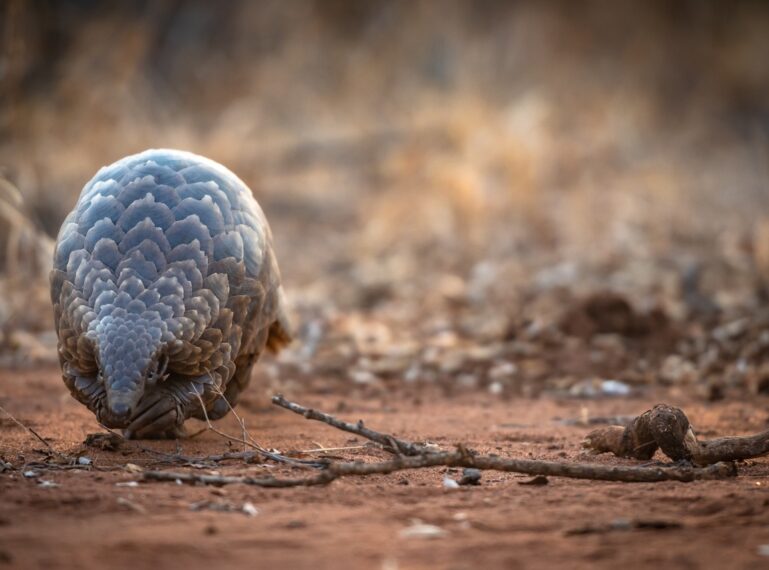
Most safari dreams are made of giant golden manes and spotted coats, but the puzzle of a safari includes a host of fascinating, less familiar critter encounters that you may never even have considered sighting.
Pieces of a puzzle
An amazing guide once shared that going on safari is like doing a large puzzle. Each visit into the wild, allows you to put a few pieces of the puzzle in place.
The puzzle has thousands of pieces. Each mammal, reptile, bird and bug has its own special place in the interconnected tapestry of the African bush and is a piece of the puzzle. From the small-5 to the Big-5, they are all as exciting, fascinating and vital in the roles they play in the ecosystem.
Can you name the little 5?
For many guests coming on safari for the first time, it takes a day or two for them to unwind from their busy daily lives.
To let go of to-do lists and a western goal-oriented mindset. It can take a moment to tune in to the different kinds of sounds and find your rhythm within nature. Some arrive with the Big-5 on a checklist but nature plays to its own rules.
Animals move freely. It’s what makes the wild so incredibly special. While we can listen out for the warning calls alerting us to predators- be it a lion, a mongoose, or snake- and we can look to the traffic of tracks that write the stories of movement in the sand, there is no way you determine what encounters you will have.
Each creature is critical including all critters
Every creature plays an important role in the ecosystem. From the termites to the trees, the hyena to the leopard tortoise, every creature, insect, and plant has their place in the puzzle. While choosing a favourite is a little like trying to decide which star in the Milky Way is the most beautiful, here are some critters encounters that you might (or might not) sight next time round in the bush.
Banded Mongoose
These small carnivores are aptly collectively called a mob of banded mongoose. One almost expects them to have balaclava like markings however their distinctive dark stripes across their backs are not far off. They work as a team. Females breed simultaneously and they raise pups in a communal litter.. They live in highly social groups of anything from 8-40 and are remarkably egalitarian.
They move as a coordinated unit and keep in contact with constant twitters and calls. They complex vocalisations for group communication. Individuals take turns watching out for predators. Unlike their cousins, the more famous meerkat, they prefer wooded areas to desert ones.
Though they look somewhat similar with their small size and alert postures, you can distinguish them by the banded mongoose’s distinctive dark stripes which meerkats lack and the meerkat’s more upright standing position.
Pangolin
Affectionately known as walking artichokes, pangolins are the only mammal completely covered in scales. Their scales, for which they are trafficked and endangered, are made of keratin – the same stuff as our fingernails.
Their name is derived from the Malay word “pengguling,” meaning “one who rolls up”. When threatened they will roll up into a tight ball that is impenetrable to predators.
They have a specialized tongue that extends up to 40cm, perfect for slurping up ants and insects. It is attached near the pelvis to the last pair of ribs rather than the throat. Pangolins can close their ears and nostrils while feeding to keep insects out. Some pangolins have been observed holding their breath for up to 6 minutes while feeding inside ant nests.
They are known as nature’s gardeners because of the way they forage and dig, aerating soil and distributing nutrients.
When walking on all fours, they walk on their knuckles to protect their sharp digging claws from wear. These secretive creatures are hard to spot, not to mention critically endangered, and are an incredibly special encounter.
Don’t mistake him to be sweet. The honey badger
Fearless and tenacious, honey badgers have quite the rep in the bush.
Honey badgers have incredibly loose, thick skin that allows them to twist around and bite an attacker even when caught. This skin is also nearly impervious to bee stings, snake bites, and even porcupine quills. Honey badgers have been documented killing and eating some of Africa’s deadliest snakes, including puff adders and black mambas. They possess some natural resistance to snake venom. How is that for an evolutionary upgrade!
Despite their relatively small size, their remarkable intelligence, attitude, and adaptations make them one of the bush’s most successful and wildly fascinating predators.
Escape artist
One of the most incredible honey badger stories involves a famous individual named Stoffel who was kept at a wildlife rehabilitation center in Hoedspruit, South Africa. Stoffel became renowned for his extraordinary escape artistry – using tools, climbing walls with makeshift ladders, and even using rakes to scale enclosures. His problem-solving abilities were so advanced that keepers had to continuously redesign his enclosure. At 26 he’s still going strong although lives out his days in peace with his partner, Hammie. Watch this video on Stoffel here .
Though they look remarkably cat-like with their spotted coats and long tails, genets aren’t cats at all. They belong to the family Viverridae (along with civets) which makes them more closely related to mongooses than to felines.
You may have spotted their eyes shining bright in the spotlight at night, most likely up in a tree. They’re exceptional climbers with semi-retractable claws and extraordinary balance from their long tails which helps them navigate easily through trees.
At every one of our camps, our passionate and knowledgeable guides take you out on twice-daily game drives. Attuned to the subtleties of the bush, they share their in-depth knowledge and tracking skills as they navigate the wilderness with you. No two days are ever the same. Camps like Chacma, Africa On Foot, Africa On Foot Wilderness Trails, and Umkumbe Safari Lodge include walking safaris or bush walks which offer an immersive, unique way of experiencing the wilderness.
Connect here with our dedicated team to plan your dream safari
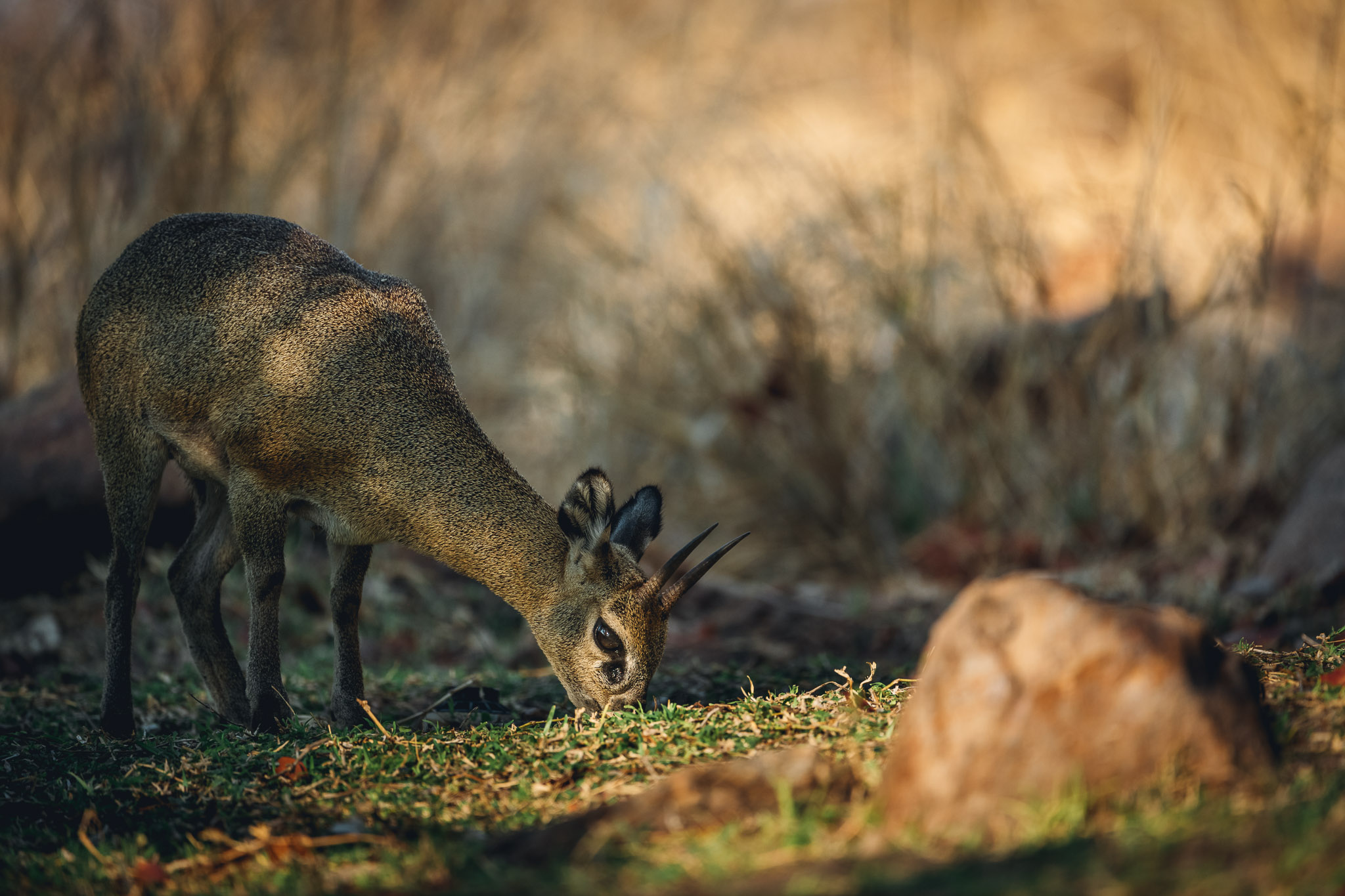
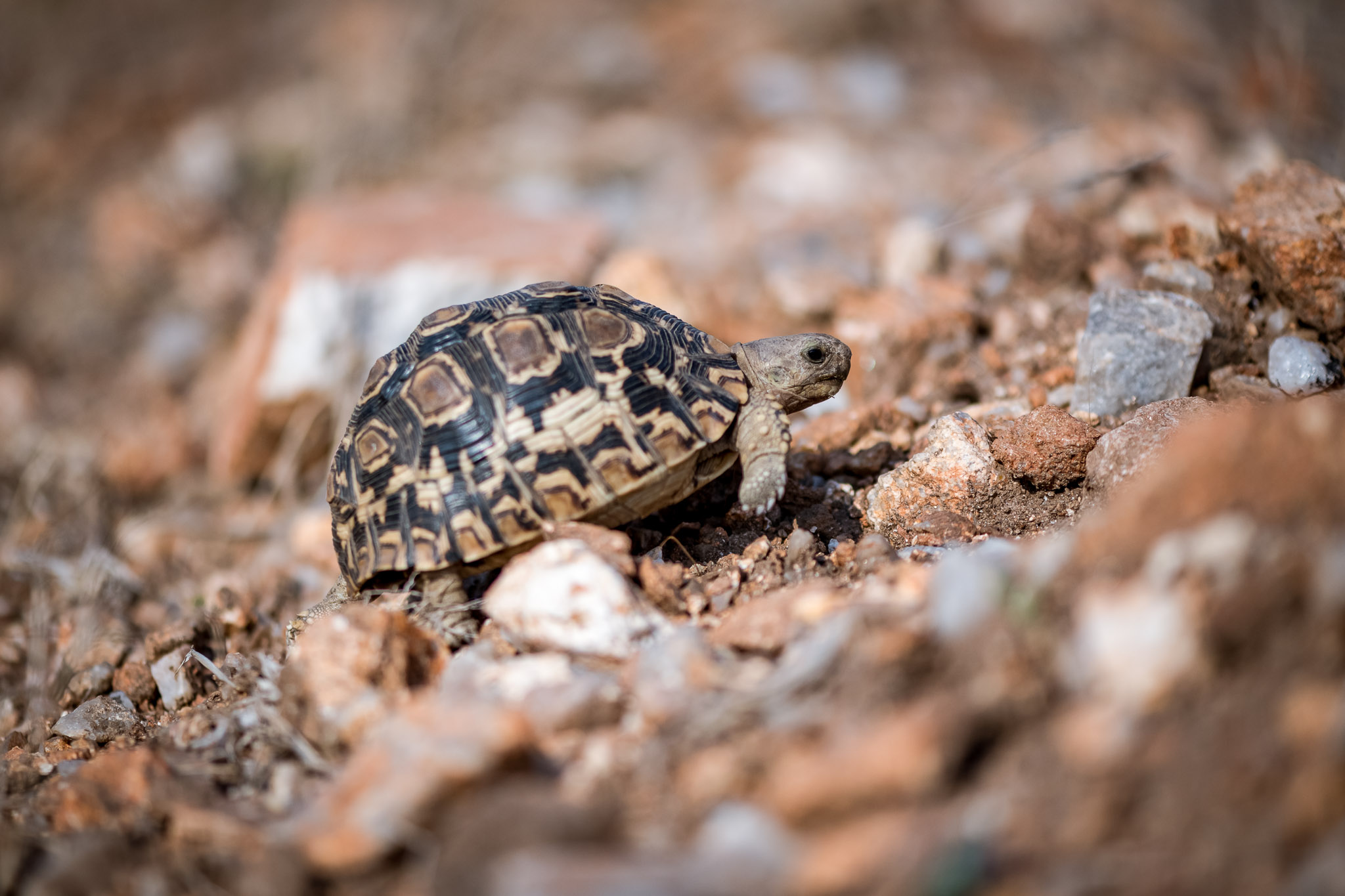
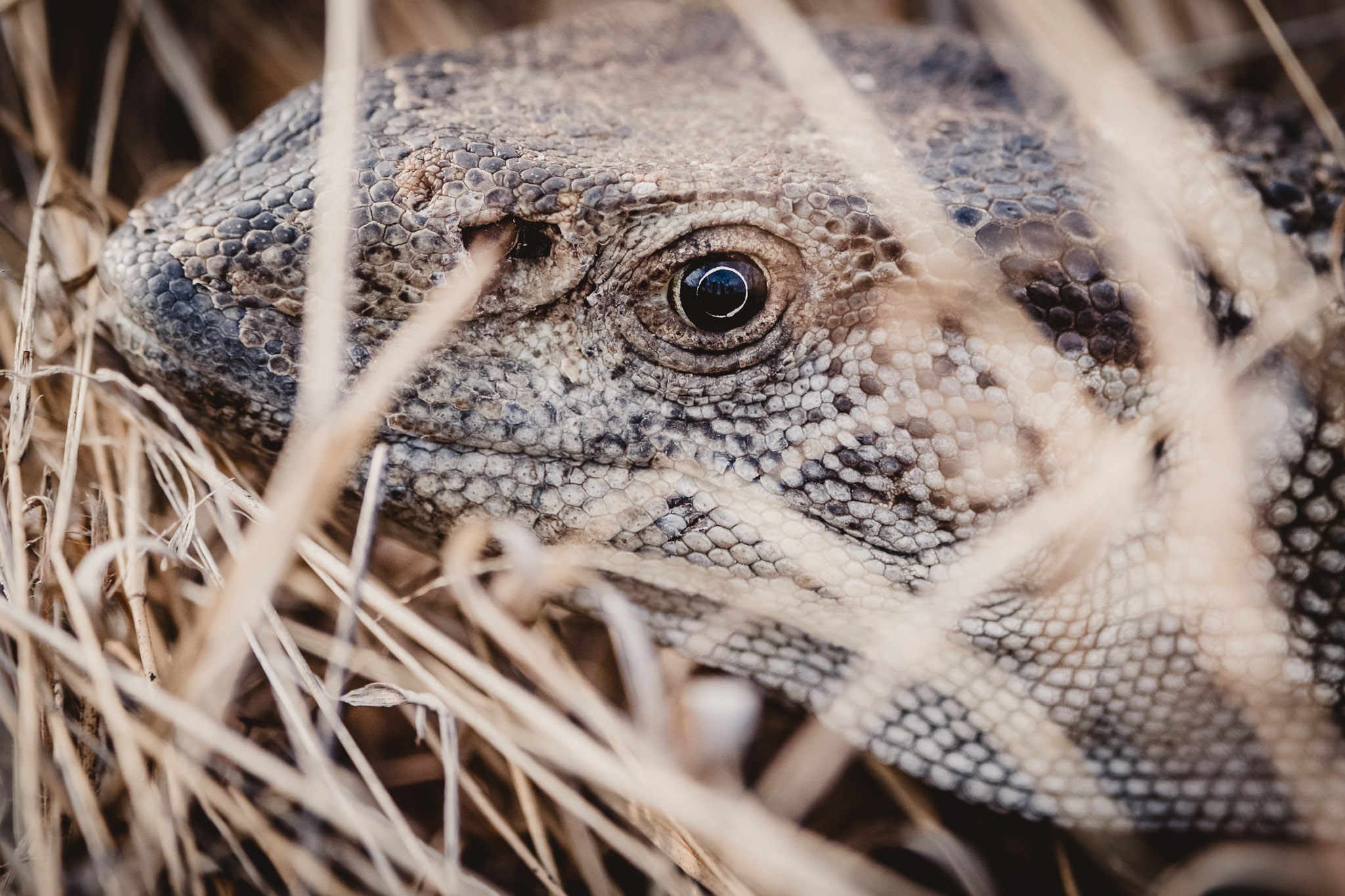
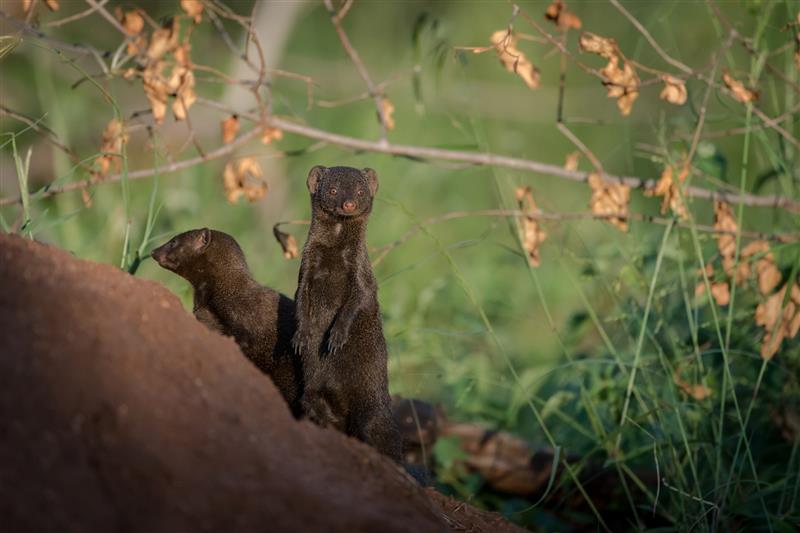
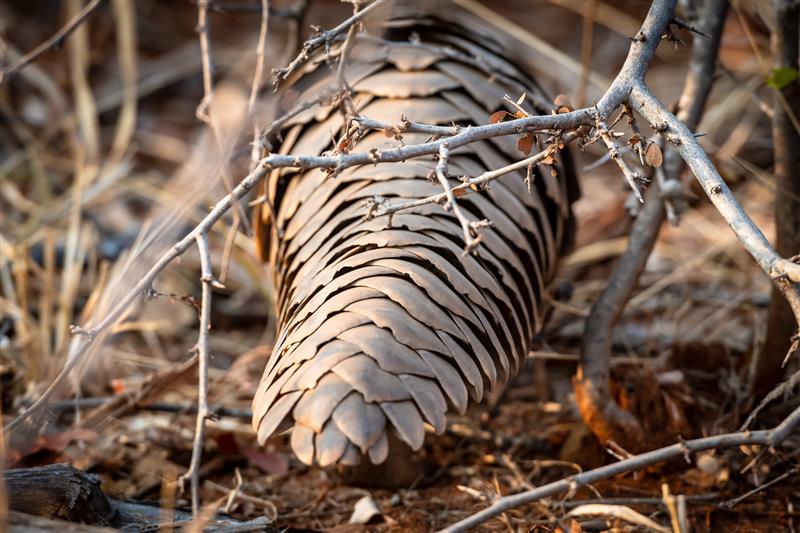
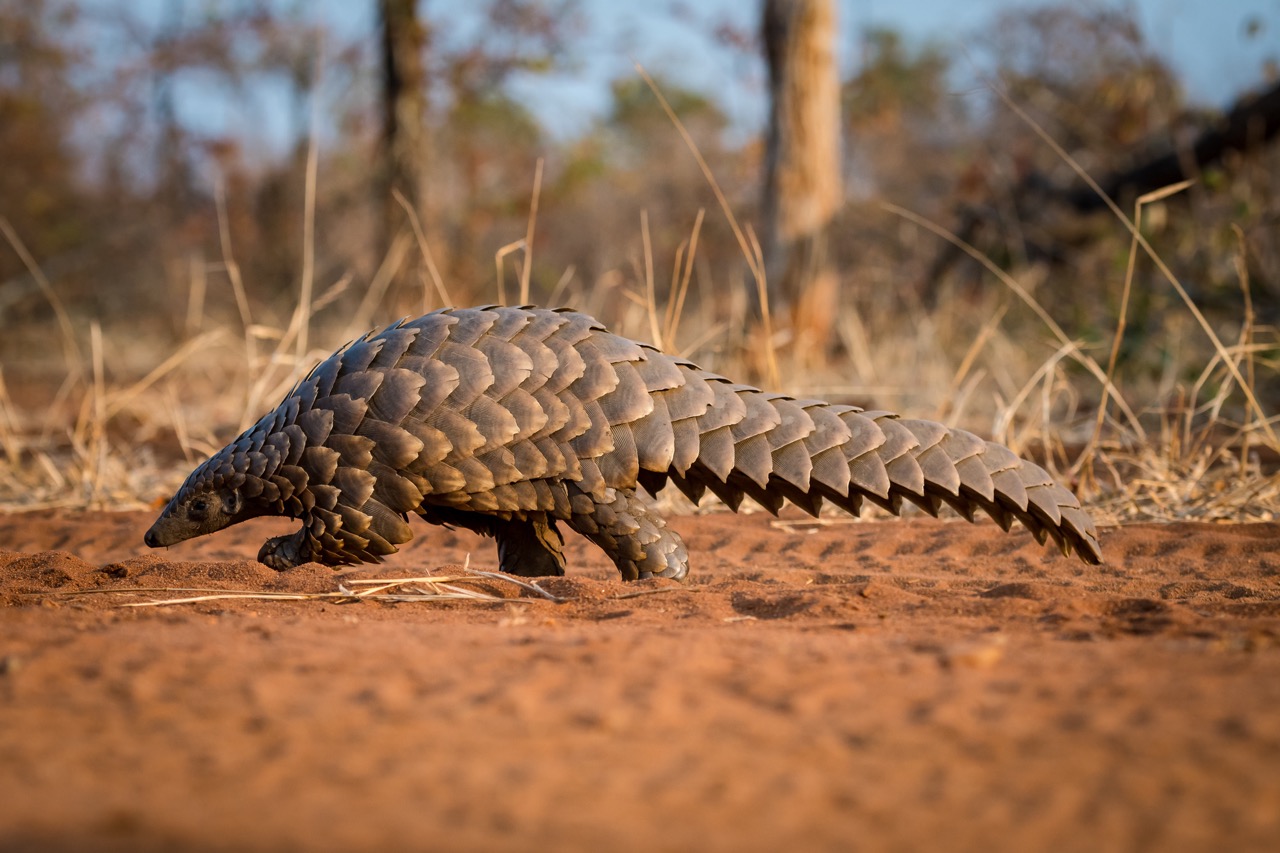
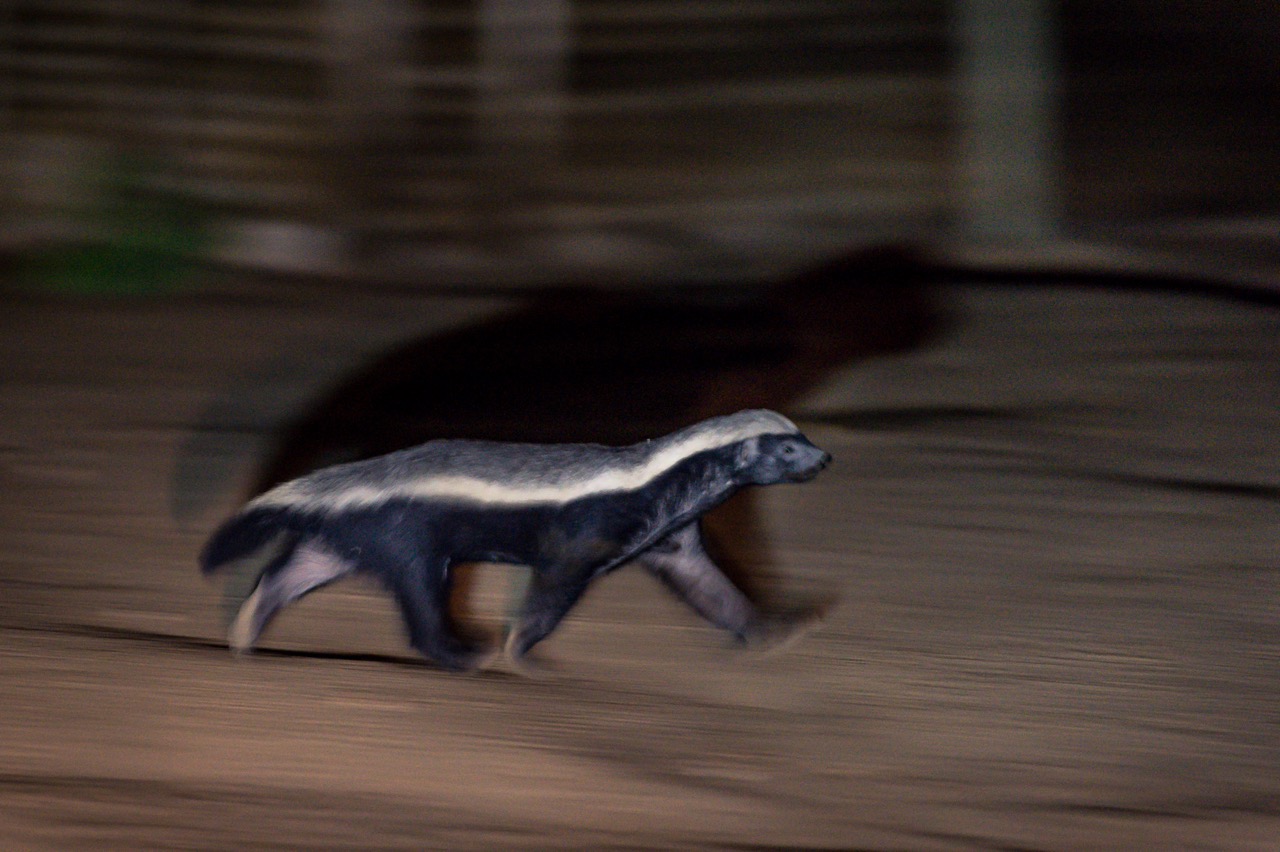
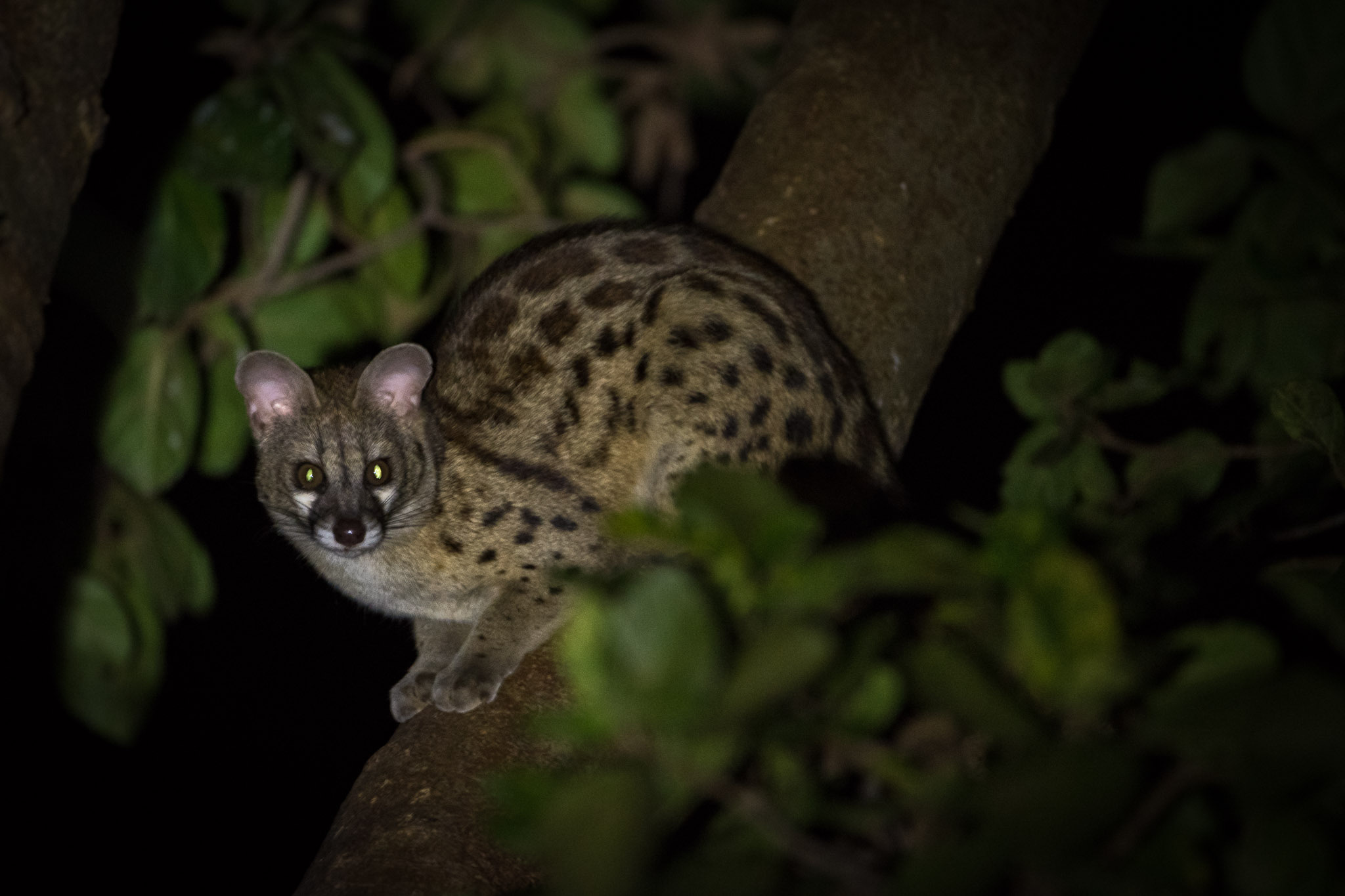
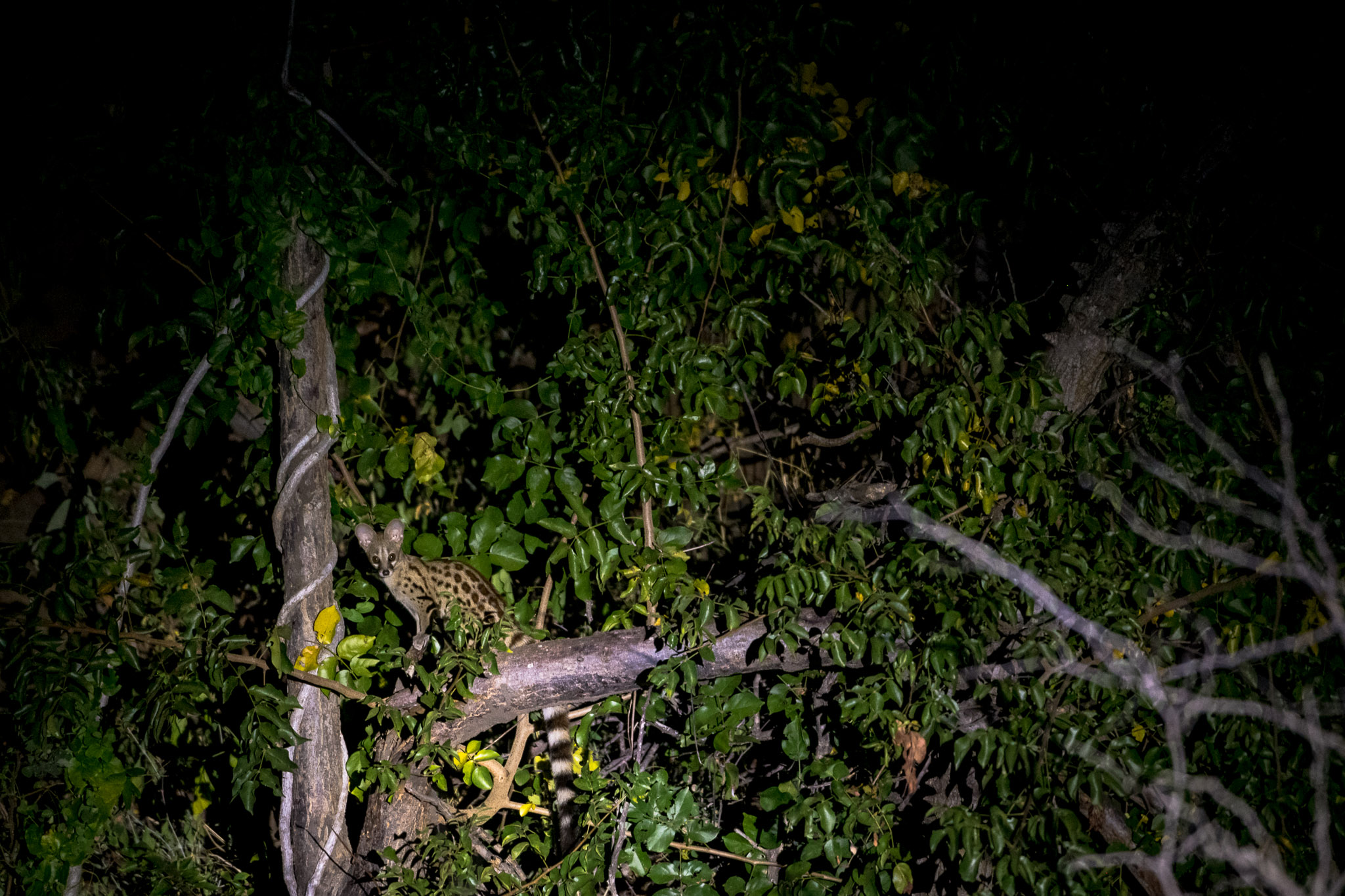
Leave a Comment